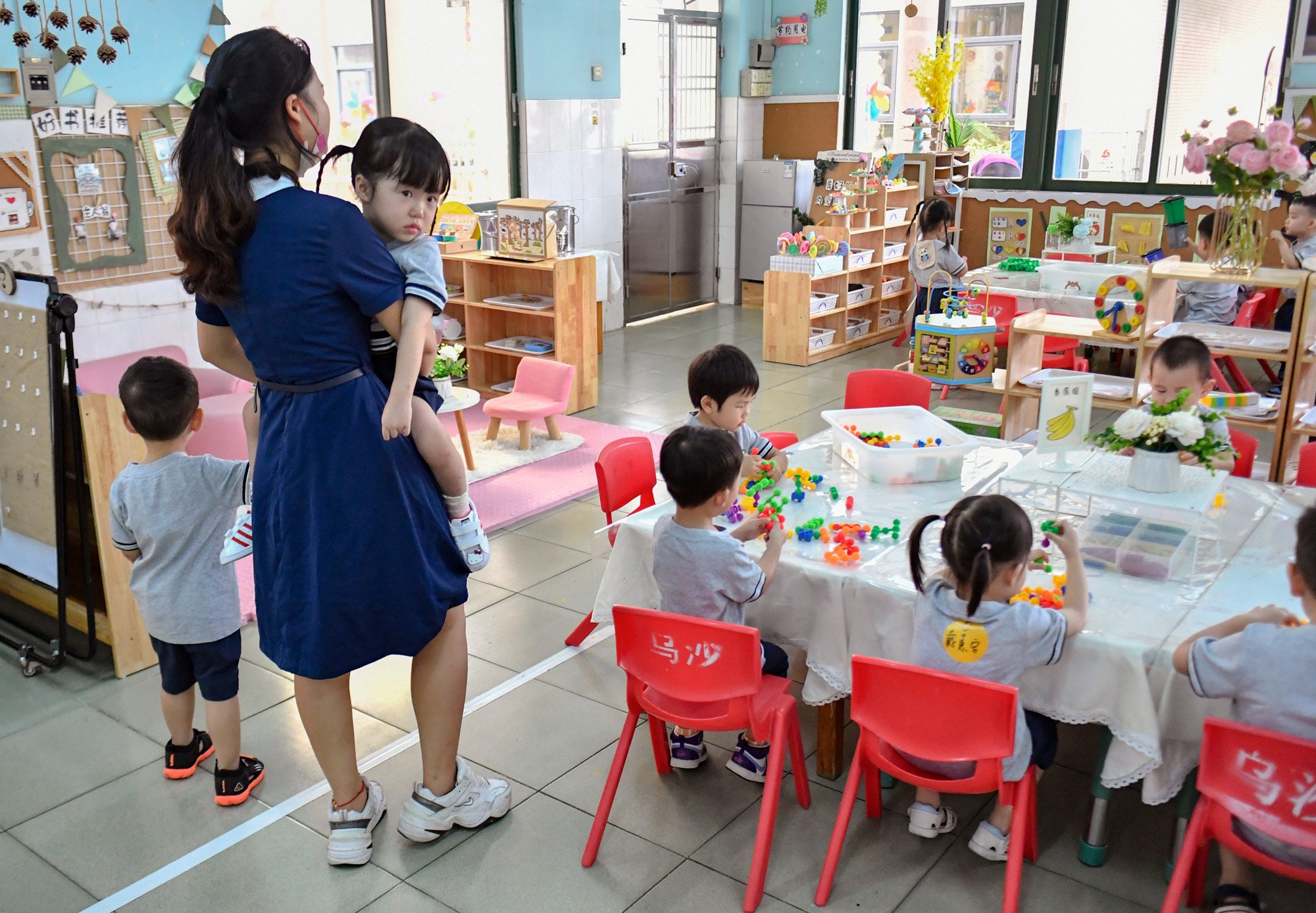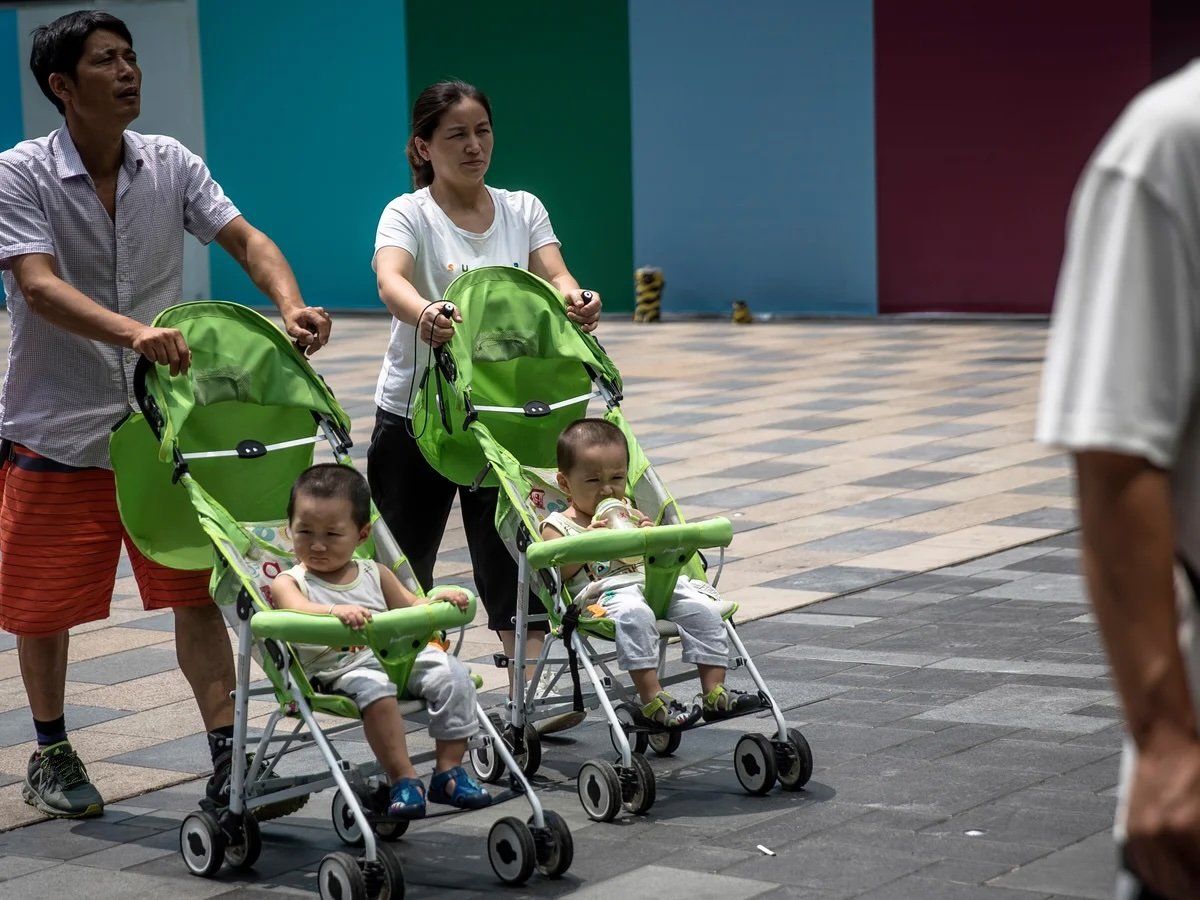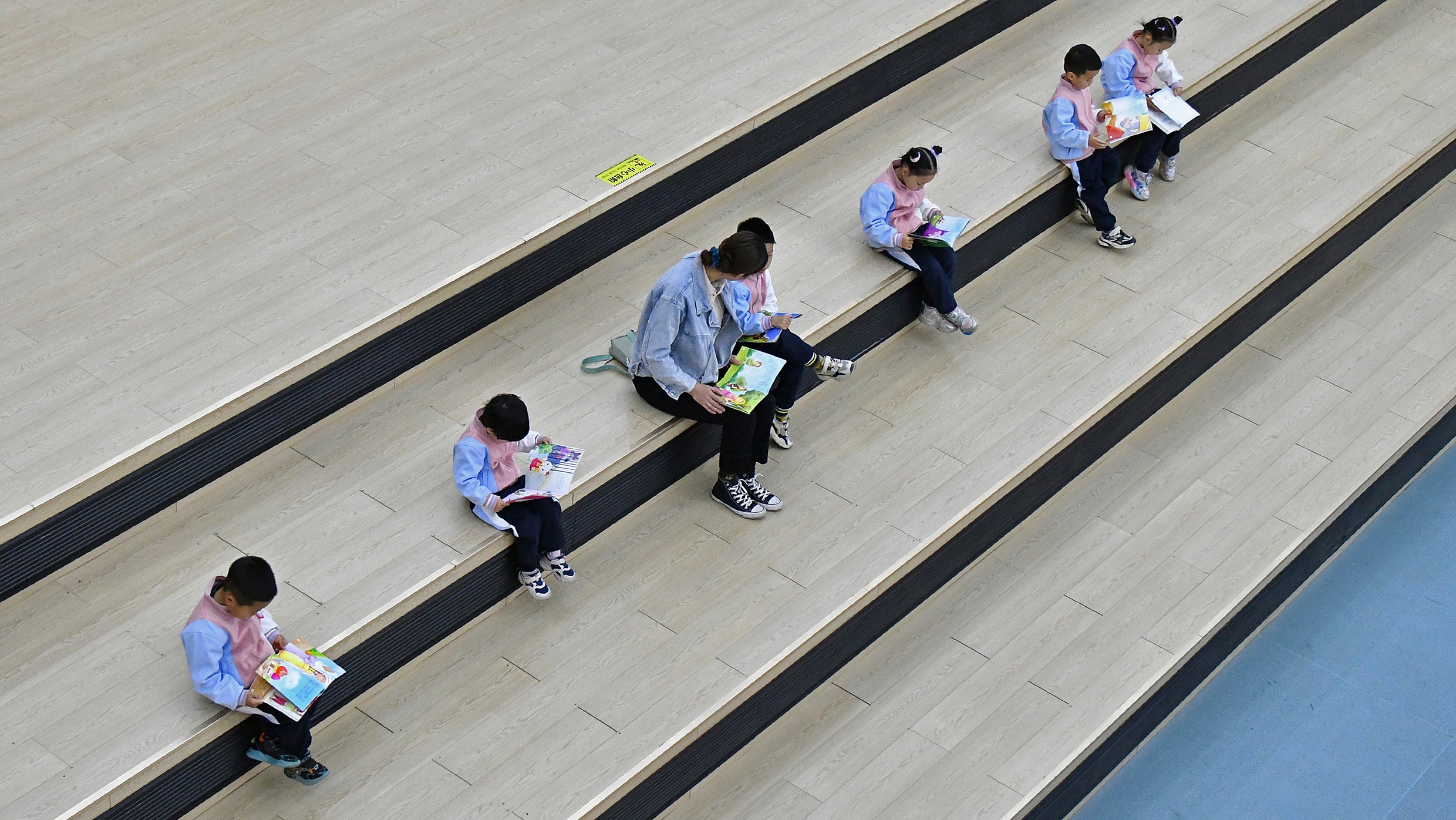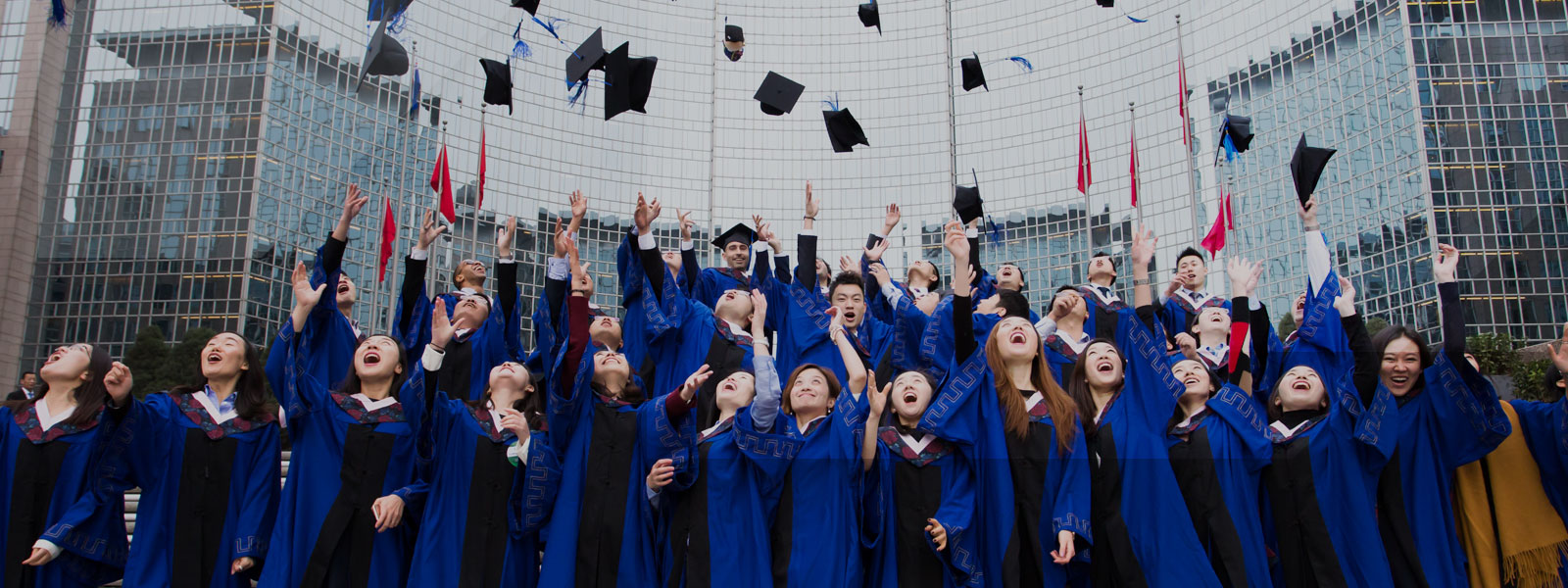China is in the throes of a silent crisis that’s reshaping its future: kindergartens are disappearing at an alarming rate. Over 20,000 of these institutions—mostly private—have been rapidly closing their doors since 2021, a stark reflection of the country’s plummeting birthrate and a warning siren for global demographic challenges. This isn’t just about empty classrooms; it’s about jobs vanishing, communities fracturing, and an economy on edge. Let’s dive into why this is happening and what it means for China—and the rest of us.

The numbers are staggering. According to recent reports, China’s kindergarten count dropped from 294,832 to 274,480 in just two years, with 15,000 closures in 2023 alone. Enrollment has cratered, too, with 5.35 million fewer kids in preschools last year, bringing the total to 40.9 million—the lowest since 2014. The ripple effect? Over 170,000 preschool teaching jobs have vanished, leaving educators scrambling. Hardest hit are rural areas and regions with population outflow, though no area is immune, as detailed in this in-depth analysis by ANI News.
Private kindergartens, like the once-bustling Angels Kindergarten in Shanghai, are bearing the brunt. Facing fierce competition from expanding public urban options and a shrinking pool of kids, many are folding fast.

The root cause is brutal: China’s birthrate is in freefall. In 2023, only 9 million babies were born—the lowest since records began in 1949. The population itself shrank by over 2 million, hovering at 1.4 billion. Economic pressures, sky-high childcare costs, and shifting cultural vibes—where urban couples prioritize careers over big families—are fueling this collapse. An aging population only deepens the problem; fewer people in their childbearing years means even fewer births tomorrow.
This isn’t just about tiny desks gathering dust. Primary schools are closing too—exactly 5,645 in 2023 alone. Parents are struggling to find affordable education options, especially in areas where public schools can’t keep up. Local economies suffer as families avoid regions with dwindling services, creating a vicious cycle. Teachers and staff, meanwhile, are out of work en masse.
China’s kindergarten crisis isn’t an isolated quirk—it’s a preview of what’s coming for many nations. Europe, East Asia, and beyond are grappling with similar demographic declines. Fewer kids today mean fewer workers tomorrow, threatening economies and social systems worldwide. China’s struggle is our wake-up call, and ignoring it isn’t an option.

So what now?
At this societal crossroads, China faces tough choices. Policy tweaks—like better family support or incentives for larger families—might help, but cultural and economic barriers run deep. The mass closure of kindergartens isn’t just a stat; it’s a symptom of a world in flux.
Cover image via Nikkei Asia.
















